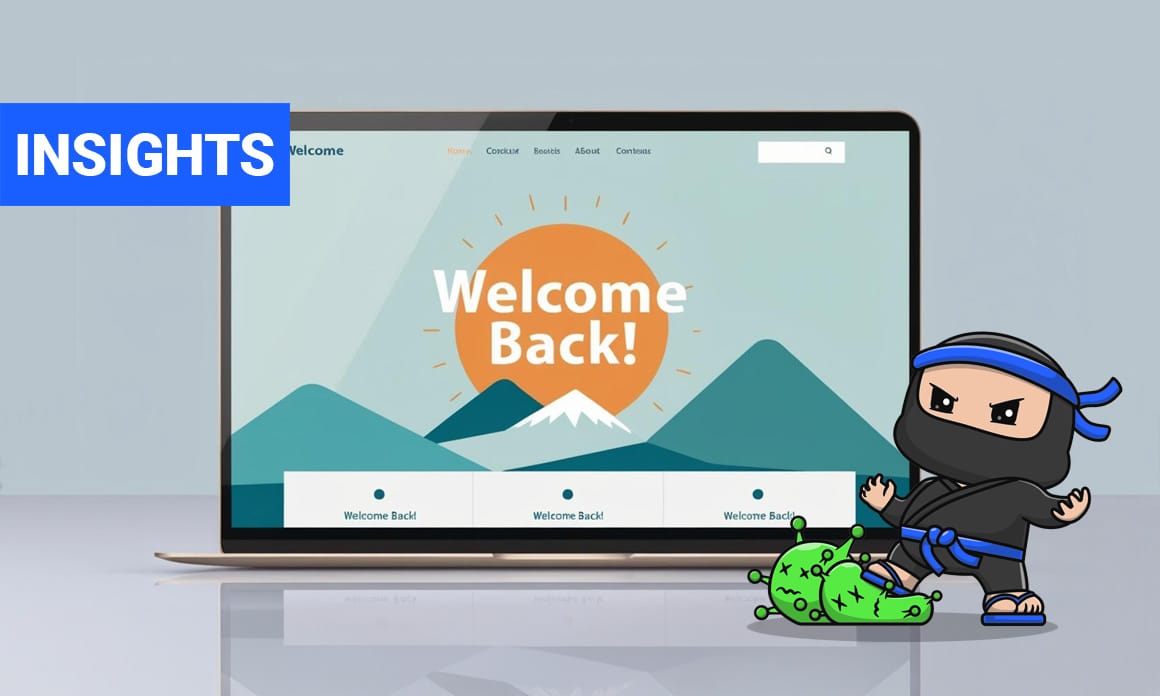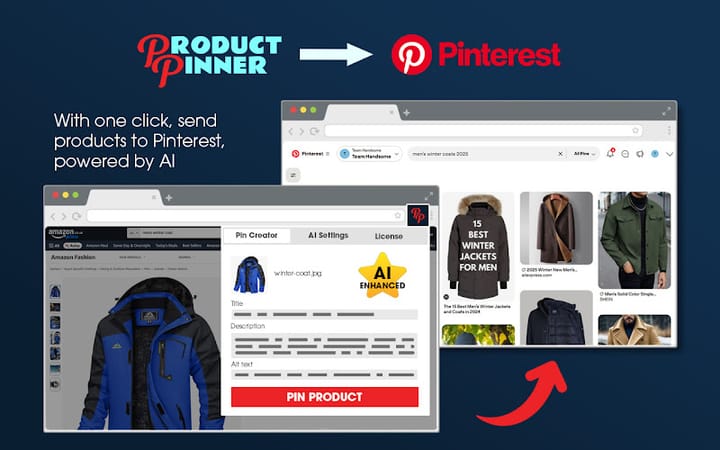Back to the Browser: Returning to Front-End Development After Years in Tech Leadership
If you’ve spent the last few years managing dev teams and stepping away from code, this guide shows how to re-enter front-end development with confidence. Learn what’s changed, what tools to use, and how to get hands-on again without starting from scratch.

If you're a developer-turned-manager who hasn't touched the front end since Flexbox was the new kid on the block, you're not alone. Many of us stepped into leadership roles, guiding dev teams, reviewing architecture, and managing projects, only to realize years later we miss getting our hands dirty with code.
So how do you return to front-end development with confidence, when the landscape has changed so dramatically?
This post is for you: the seasoned tech professional looking to reconnect with modern front-end practices, without feeling like you’ve missed the boat.
What’s Changed Since 2017?
In 2017, you might’ve been using:
- jQuery (or early React)
- Bootstrap 3/4
- Sass for CSS
- Gulp or Webpack 2
- Server-rendered pages or early SPAs
In 2025, here's what you're likely to encounter:
- Component frameworks: React (with Hooks), Vue 3, or Svelte
- Styling: Tailwind CSS, CSS-in-JS, or utility-first design
- Build tools: Vite, Turbopack, or Next.js app directory
- State management: Less Redux, more Context, Zustand, Jotai, or Signals
- AI-assisted development: Cursor, Codeium, ChatGPT for pair programming
- Tooling: GitHub Copilot, Storybook, TypeScript (everywhere), Playwright
Goal: Relearn Front-End Development Smartly
You don’t need to master everything at once. The goal is to:
- Understand the modern front-end stack
- Build confidence through small projects
- Position yourself as a leader who codes, not just someone who used to
Step-by-Step Path to Reentry
1. Pick a Project You Care About
Don’t start with a "Todo app." Instead, build:
- A personal dashboard
- A mock admin panel
- A marketing landing page with interactivity
2. Use a Modern Stack (but Keep It Simple)
Start with:
- React + Vite or Next.js App Router
- Tailwind CSS for fast, responsive design
- TypeScript (just basic types at first)
- HTMX if you want a simpler HTML-first approach
3. Use AI as a Second Brain
Leverage tools like:
- ChatGPT to explain concepts and suggest code
- Cursor for refactoring and autocomplete
- CodeWP or StackBlitz for quick prototyping
You don’t need to memorize everything. Focus on understanding patterns.
4. Relearn Git, Testing, and CI/CD
If you’ve been hands-off, practice:
- Pull requests and branching workflows
- Basic front-end tests (unit and E2E)
- Deploying to Netlify, Vercel, or Cloudflare Pages
5. Talk About Your Journey
Blog about:
- What surprised you
- How your leadership experience gives you an edge
- What’s harder (or easier) than it used to be
Mindset Shift: You’re Not Starting Over
You’ve led teams, managed complexity, and solved high-level problems. Returning to code isn’t about “catching up”, it’s about retooling with purpose.
Your ability to:
- See the big picture
- Mentor others
- Architect maintainable systems
...makes you a stronger developer than you were in 2017.
Resources to Start With
| Area | Resource |
|---|---|
| React | react.dev/learn |
| Tailwind | tailwindcss.com/docs |
| HTMX | htmx.org/docs |
| TypeScript | TypeScript Handbook |
| Projects | Frontend Mentor |
Final Thoughts
If you've been leading dev teams and now feel the itch to build again, you're in a great position. You know how to think critically, work with constraints, and see the why behind the code. All that’s left is to rebuild your confidence with the modern tools of the trade.
Welcome back to the browser. You've got this.




Comments ()